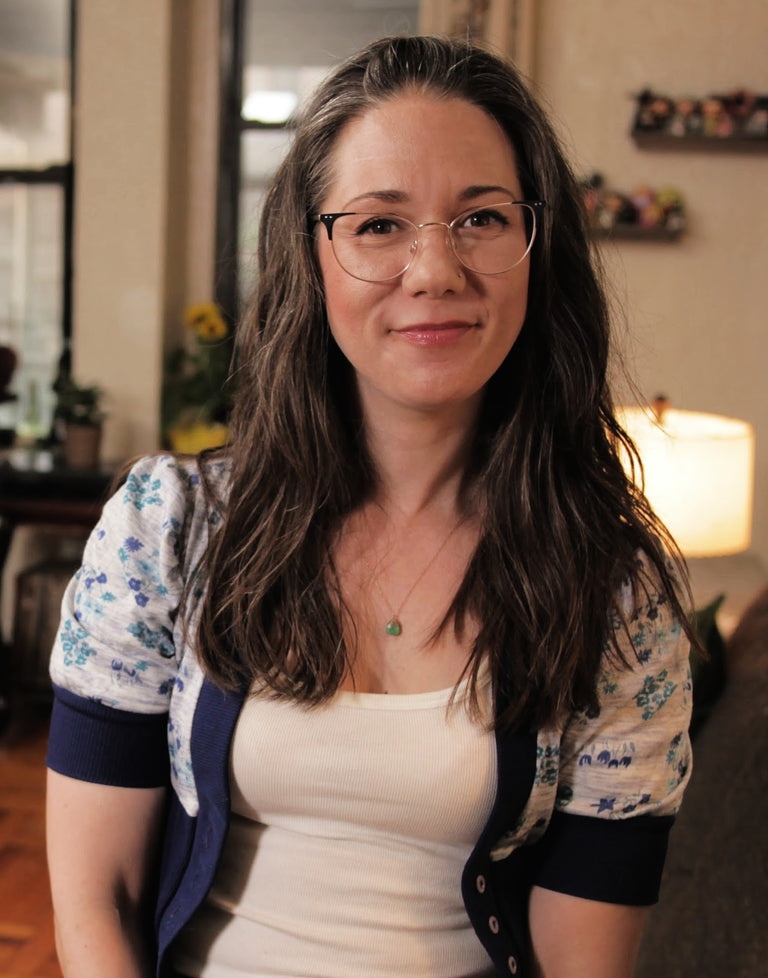Hair loss conditions can take many different forms, and hair growth can be impacted by our general state of health in various ways.
Central centrifugal cicatricial alopecia is one hair loss condition in which the exact causes remain unknown. However, if it's left untreated, it can lead to permanent hair loss. Read on to uncover what we know about central centrifugal cicatricial alopecia and how it is diagnosed and treated. Plus, discover best-selling hair products.
What Is Central Centrifugal Cicatricial Alopecia?
Central centrifugal cicatricial alopecia is a form of scarring alopecia on the scalp that often results in permanent hair loss. However, its causes are not well understood. Research suggests that it is a complex condition impacted by a variety of potential risk factors, some of which may include the following:
- Genetic factors
- Fungal infections
- Bacterial infections
- Autoimmune disease
- Genetics type 2 diabetes mellitus
- Thyroid disease
- Increased rate of uterine fibroids
It is also the most common form of hair loss experienced by Black women and happens almost exclusively in Black women aged 30 to 55. While central centrifugal cicatricial alopecia can occur in people of other ages and races, it is rare.
Historically, various hairstyling practices have also been suggested as a potential cause of CCCA. Decades ago, the disorder was referred to as "hot comb alopecia." But there has been conclusive or convincing evidence linking hairstyling to the condition. More research will certainly be needed to understand how this complex hair loss condition comes about and how it might be prevented.
Central centrifugal cicatricial alopecia is also known as follicular degeneration syndrome since it is a condition that causes inflammation of the inner root sheath, a foundational part of the hair follicle. Over time, CCCA causes scarring that irreparable damage to the follicle and, consequently, permanent hair loss.
What Does Hair Loss Caused by CCCA Look Like?
Central centrifugal cicatricial alopecia is a scarring form of alopecia (hair loss). It's part of a family of hair loss disorders often referred to as "primary cicatricial alopecia" or “scarring alopecia.”
Unlike non-scarring forms of hair loss, with scarring alopecia, the hair follicles become damaged by active inflammation and stop producing hair.
“One of the early signs is hair breakage or hair that looks like it won't grow,” said Dr. Maryann Mikhail, board-certified dermatologist with Waverly DermSpa. “As it progresses, you'll notice that the hair follicle openings disappear and the scalp appears shiny."
CCCA begins with breakage or thinning around the lateral and posterior scalp (also known as the crown of the head), and this central hair loss gradually spreads out in a circular pattern. People who experience CCCA may experience burning, tenderness, itching or inflammation of the affected scalp. They might also notice redness, scaling, flaking or acne-like pimples in the area of hair loss.
Read: Every Cause of Hair Loss Explained
When to See a Doctor
If you suspect you might be experiencing hair loss due to central centrifugal cicatricial alopecia, it’s important to see your doctor or a dermatologist sooner rather than later.
The earlier treatment is started, the better since it can help prevent further hair damage and the progression of CCCA, which often results in extensive permanent hair loss. “You can avoid permanent hair loss if you catch it early, start treatment and minimize hair trauma,” said Dr. Mikhail.
Your doctor will need to examine your scalp and may use a dermatoscope to get a magnified view of your follicles and the condition of your skin. Your doctor might also want to rule out other hair loss conditions by doing a scalp biopsy, which involves removing a small amount of skin, to have it further examined and tested.
Also: Does Graves' Disease Cause Hair Loss?
How Is CCCA Treated?
The best way to treat CCCA and prevent further hair loss is with an early diagnosis — before hair follicles become irreparably damaged and permanent hair loss develops. That said, each case of CCCA is unique to the person experiencing it, and successful treatment will vary from person to person.
The most commonly used treatments for CCCA include topical steroids, along with local corticosteroid injections in the scalp performed by your doctors every few weeks. Severe cases of CCCA may also incorporate antibiotics along with other oral medications to manage inflammation, like immunosuppressants and anti-inflammatory agents.
While hair transplantation is a possible course of treatment, it's not often recommended until the condition has stabilized and has been successfully managed for at least one year.
Most recently, a small case study reported that topical application of a common diabetes medication called metformin has also been helpful for hard-to-treat cases of CCCA. Dr. Erum Ilyas, board-certified dermatologist and founder of AmberNoon, has seen promising results thus far.
“Given the paucity of options available to address CCCA and the significant number of patients I manage with this condition, I was quick to try it,” she said. “Fortunately, I have seen some encouraging results in the first few months of adding this to treatment.”
Related: Traction Alopecia & Female Hair Loss At The Temples
Holistic Hair Health With CCCA
If you're wondering about other ways you can manage CCCA and support your body’s efforts to regrow hair, here are a few tips for a holistic approach to hair wellness.
Choose Protective Natural Hairstyles
Most experts agree that it’s important to be gentle to your scalp while managing central centrifugal cicatricial alopecia. Hair grooming practices, along with hair care practices, should be geared toward caring for your follicles so try protective styles that are easy on your hair and scalp. This means minimizing or avoiding:
- Hairstyles like tight braids or weaves
- Chemical treatments like chemical relaxers
- Excessive heat styling with blow dryers, hot combs or flat irons
Use super-soft, scalp-friendly tools like gentle hair ties and a hair-healthy pillowcase to minimize friction while you’re asleep.
Pay Attention to Diet and Exercise
Diet and exercise are key elements of health and longevity, so it should come as no surprise that they are also important to hair health. Eating a nutrient-rich diet with plenty of variety from fruits, veggies, healthy fats and proteins is the best way to ensure your follicles have everything they need to support healthy hair growth.
Pro tip: Adding an all-vegan, hair-friendly supplement that’s as easy as popping a delicious gummy can help fill in the gaps when you need a little boost to your dietary sources of vitamins and minerals.
Manage Stress
Would it be too much to say that stress is the root of all health evils? Perhaps. But in truth, stress can impact our health and our follicles in many different ways. That’s why stress management is a key part of any hair wellness (and general wellness!) routine.
Activities like exercise, yoga, meditation, spending time with pets and even taking a walk in the sunshine have all been shown to reduce cortisol levels in the body.
More: Stress-Induced Hair Loss? Black Women Are Among the Most Vulnerable
The Takeaway
Central centrifugal cicatricial alopecia is a common hair loss condition among black women over 30 years of age. It starts as breakage or thinning of the hair around the central scalp and radiates out in a circular pattern. As it's a scarring form of hair loss, it’s important to begin treatment as early as possible to help prevent irreparable damage to the affected follicles and optimize your chances for hair regrowth. Be sure to consult with your doctor for diagnosis and treatment. Also, support any treatment of CCCA with a holistic approach to hair wellness, including gentle hair practices and hair care routines, exercise, diet and stress management.
More From VEGAMOUR
- Shop: Best-Selling Hair Products
- What Causes Female Hair Loss on the Back of the Head?
- Can a Vitamin D Deficiency Cause Hair Loss?
- 5 Signs It's Time to See a Doctor for Thinning Hair
Photo credit: Thought Catalog/Unsplash
Back


















